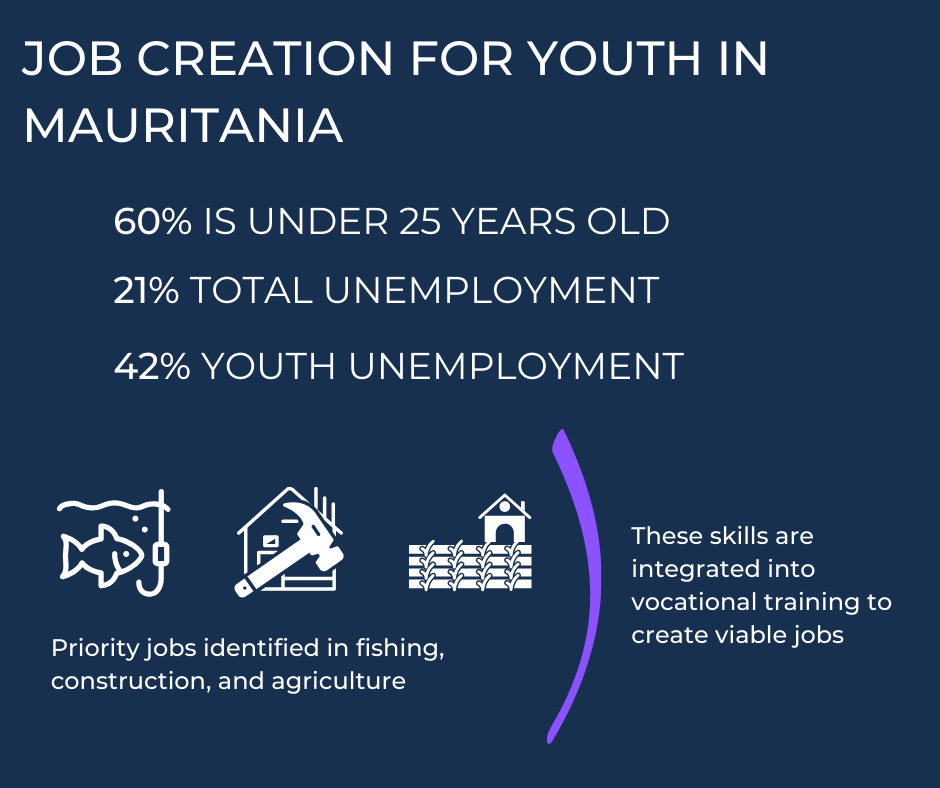Mauritania: Creating new opportunities for young job seekers
Africa is the world’s youngest and fastest-growing continent. Every year, between 10 and 12 million young people enter the workforce; however, far fewer jobs are created and skill mismatches means job-ready youth do not always have the expertise required for the modern workforce.
Mauritania is a microcosm of this wider challenge. More than 60% of the population is under 25 years old, yet they are twice as likely to be unemployed than adults (42% compared to 21%).
To help access to employment, IIEP-UNESCO Dakar has been working with the Mauritanian government to support vocational training policies, including the formation of a public-private partnership geared towards expanding youth employment and social inclusion.
As part of this public-private partnership, companies in three top economic sectors – mixed farming, construction and public works, and fishing – have identified a list of ‘priority jobs’ for three regions in the country.
For example, construction companies identified the need for a multi-skilled construction worker. Currently, companies are obliged to hire three different apprentices to cover structural construction contracts. This new profile could be beneficial especially for small companies, which dominate the sector in Mauritania. As a result, the training centres in Nouakchott that provide training in this area will adapt and offer a new course targeted specifically at this gap in the employment market. Other jobs identified so far include machine operators, artisanal fishers, gear operators, and outboard motor mechanics, among others.
The next step of the partnership will be to analyze the capacity of training centres – for example, do they have enough trainers in the specialized areas, and the right equipment? The partnership will also conduct a similar analysis for participating companies to identify how they can also contribute to the training offers.

Full version of the article on the global website of IIEP-UNESCO

